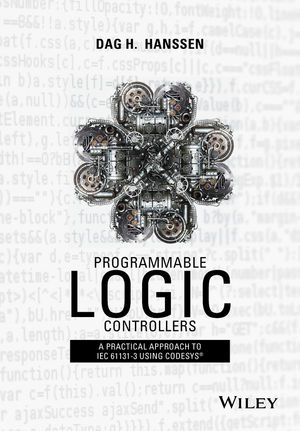
Published on: 01.12.2016
Number of pages: 208
Written by: Richard Caetano
Publish by: Packt Publishing
Conclusion
Good book about Bitcoin, it is well rounded from user and developer perspective.
Review
I read this book to get better understanding about Bitcoin.
I did know that Bitcoin is crypto currency and had hunch that crypto currency are based on RSA or something similar.








